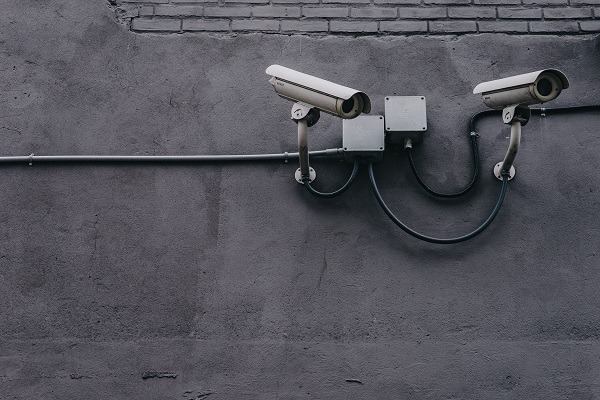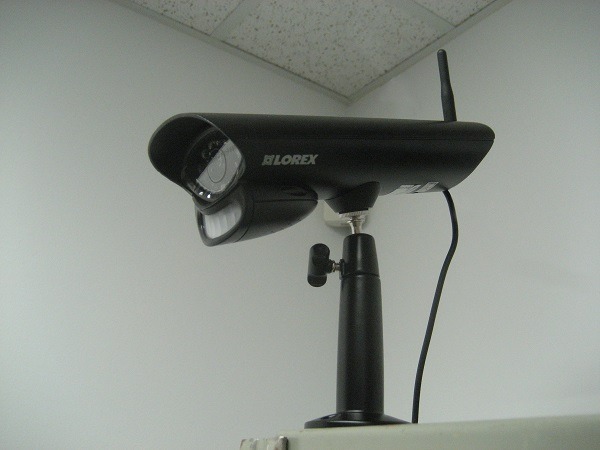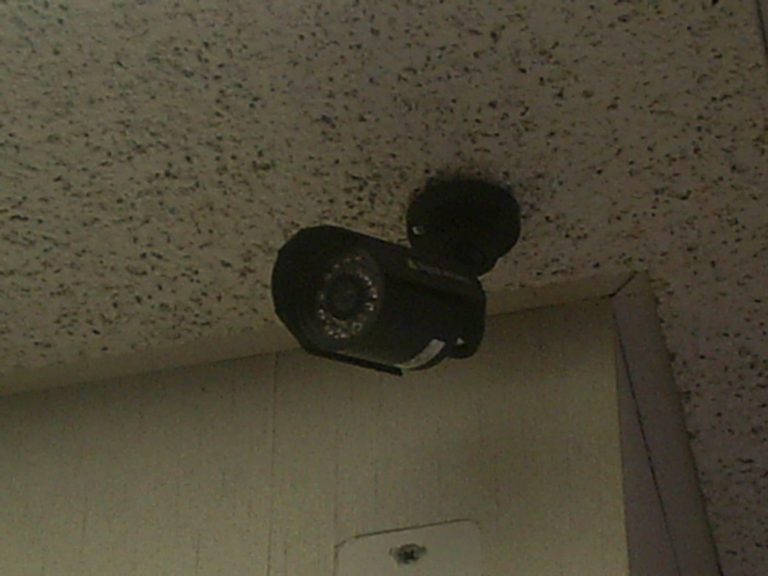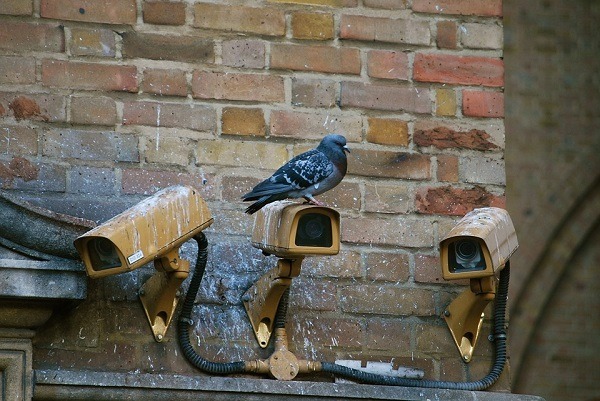When set up correctly, home video surveillance systems become an efficient and effective protection alternative compared to hefty, professionally-installed systems. The catch is that it can be quite challenging to place them precisely. With the absence of help from the experts, it’s easy to pinch pennies or squander money without having the proper coverage for your home. Thus, allowing robbers to “outwit” your system and succeed in doing their “bad intentions.” To avoid that, we’ve gathered some tips on how to set up your home video surveillance system and make it more secure.
Cover each entrance
Home layouts vary greatly, but the general rule is that you must guard all your home’s ground-level entrances where someone can enter. Typically, one camera per entry point would do, and the most common setup involves two cameras, one for the front door, another for the back entrance. If you have a side entrance or a driveway, then you will need to add another camera to survey the area.
Use the proper height and distance
Having the right number is crucial, but placing them inappropriately affects their effectiveness or renders them useless. With that, you must set up your camera as close to the area you can to cover to achieve the best readings.
For outdoor cameras, it might be appealing to use ones with wide-angle lenses and set them up on corners to reach vast space. While it, indeed, achieves a broader vision, it restricts the camera’s efficacy in terms of motion detection and getting decent close-up footage.
In terms of height, you must place your cameras high up while angling them downwards. The ideal height is 8 to 10 feet high, with a 15 to 30-degree tilt. Plus, mount them securely in high-traffic locations to make it uneasy for robbers to pull, steal or disarm your cameras.
Keep your outdoor cameras visible
One common mistake of homeowners when setting up outdoor cameras is that they keep them hidden in plain sight, thinking that it’s the best way to capture footage of intruders. Yet, the opposite appears to be more effective in keeping homes secure.
Fully visible cameras, especially those equipped with spotlights, can easily intimidate burglars, making them aware that their movements are being recorded. Thus, also affecting their course of actions or preempting these bad guys from targeting your home.
Align your camera resolution with your internet plan
The majority of the security cameras available today are in 1080p. However, there are more advanced cameras that come with 2K to 4K quality resolution. Higher pixels is surely enticing as it allows recording of crisp and clearer footage. The drawback is they consume more bandwidth, which can significantly affect your upload speeds, especially if you have simultaneous high-resolution cameras recording.
Before buying cameras, try to consider your network’s power and make sure it can meet the camera requirements. You may need to upgrade your plan or purchase a different camera with varying resolutions within your internet capability and just place them strategically in your home.
Apartment or brick homes may prefer wired cams over wireless ones
Multi-story apartments and other crowded places often face the problem of fluctuating signals coming from all directions. Meanwhile, brick homes or those properties with thick walls make it harder for signals to penetrate. As such, it disrupts the wireless camera’s capability to feed the footage to the storage properly. If that is the case, properly-installed wired cameras become the solution for continuous recording and security.
Perform regular checks and maintenance
The job doesn’t end after you set up your security cameras. In fact, more work is needed as you need to conduct regular checks and maintenance to keep the system working. You need to check the camera’s battery levels and replace them or recharge, so they won’t shut down while you’re not at home. If you sense any issue with the camera feed uploads, you may need to recheck your internet plan and speed and ensure that it meets the resolution requirements. Then, free up your cloud or local storage with old recordings to provide ample space for new recordings. All these are an essential part of the routine that you need to do to avoid any false sense that your home is protected.
Takeaway
Setting up a home video surveillance system may be easy and provide adequate security for your home. But, when you’re in doubt, it never hurts to consult experts as there might be things that you have overlooked and that they can quickly solve. Nevertheless, just devote proper diligence to whichever type of system you choose, and you’ll ensure the utmost protection of your home.




